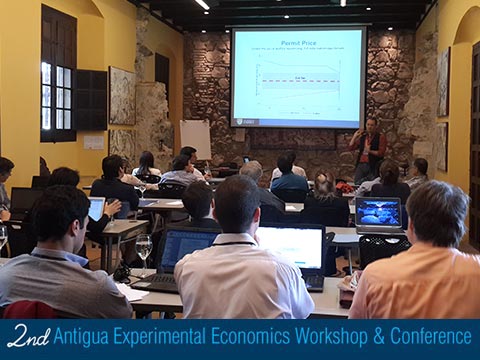About this videoIn this video, Robert J. Barro discusses his current research on rare macroeconomic disasters and how they relate to financial markets. Macroeconomic crises are rare disasters that have severe consequences on the economy. According to Barro’s research, there are three main types of economic disasters: wars, financial crises, and disease pandemics. Based on the Lucas-tree model of rates of return, Barro analyzes several formulas that indicate how these economic crises affect national productivity rates. Using the long-term data available from thirty-nine countries, Barro demonstrates how the major disasters of the twentieth century affected gross national product and consumption. He goes on to describe what the data indicate about specific countries, including the United States, Germany, Australia, Japan, New Zealand, and Switzerland. |
|
CreditsFinancial Markets and the Equity Premium Puzzle
| |










